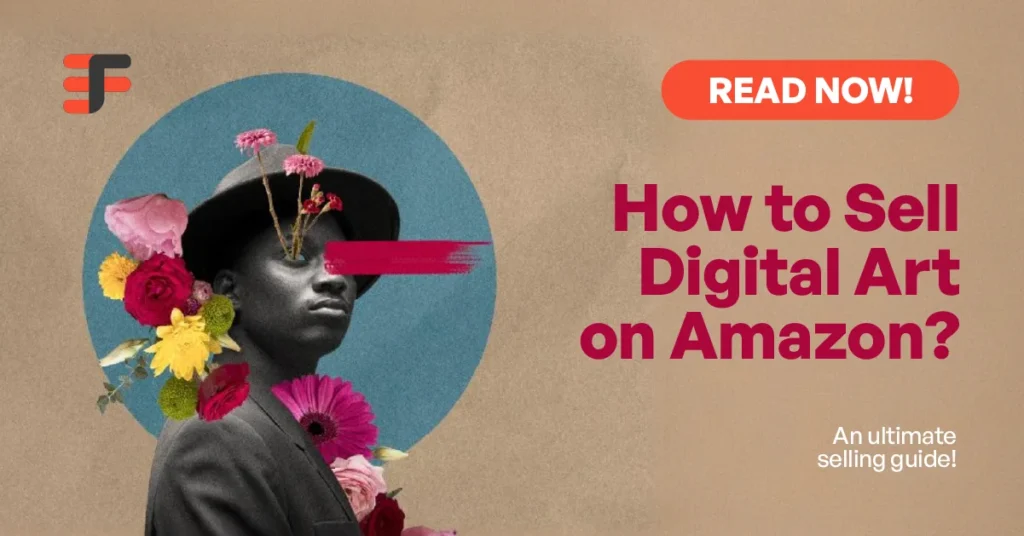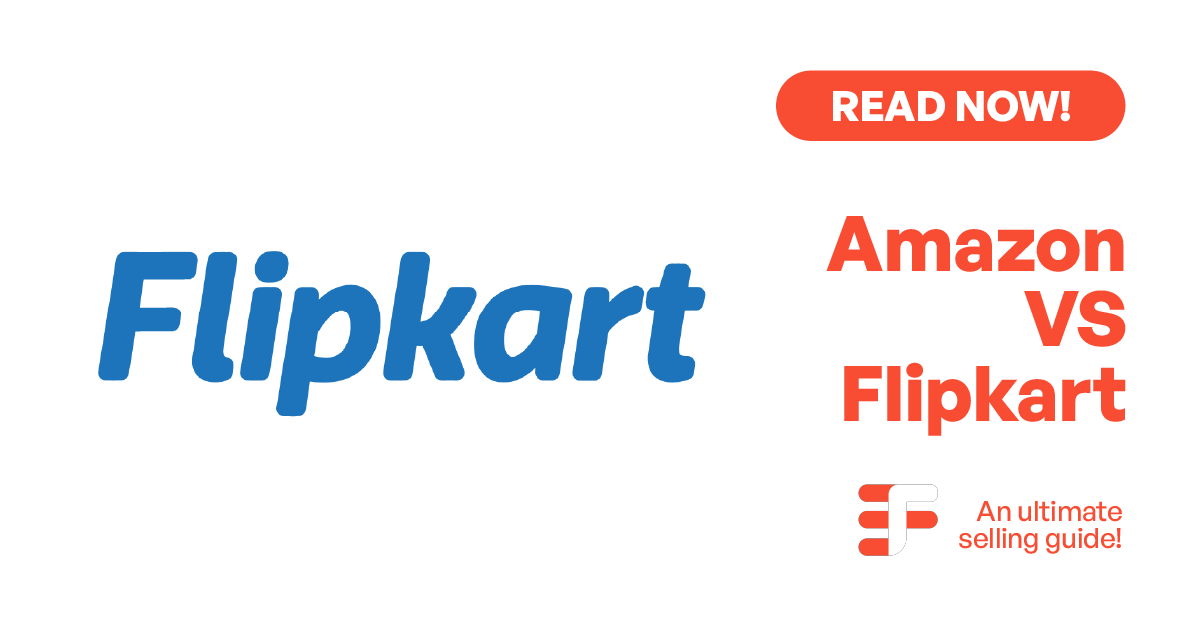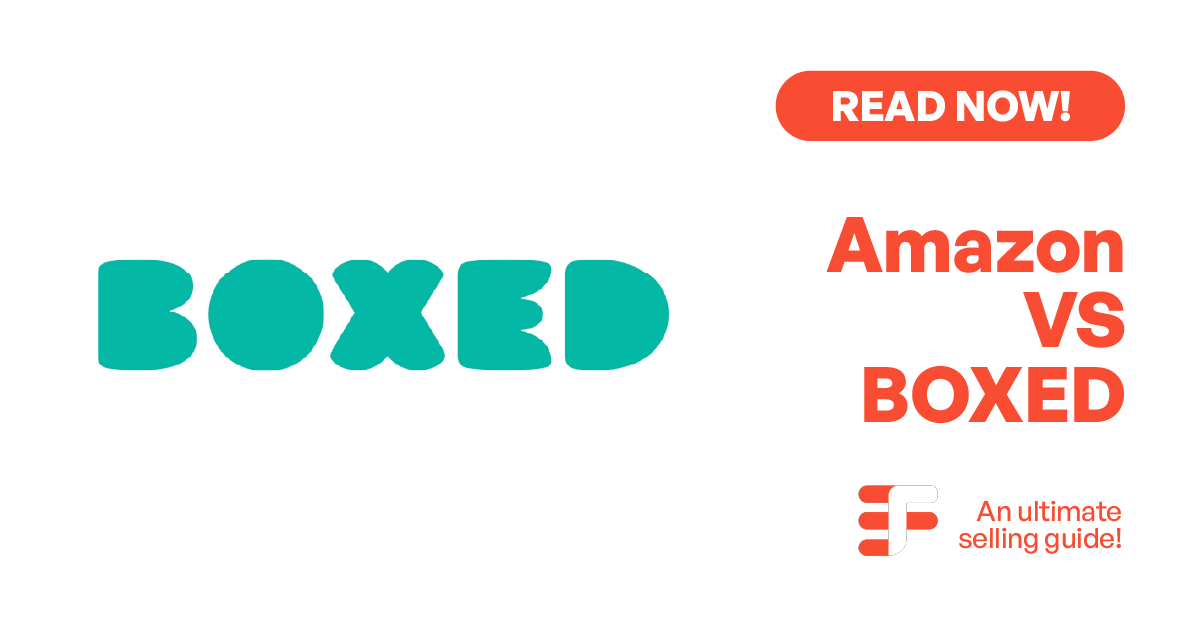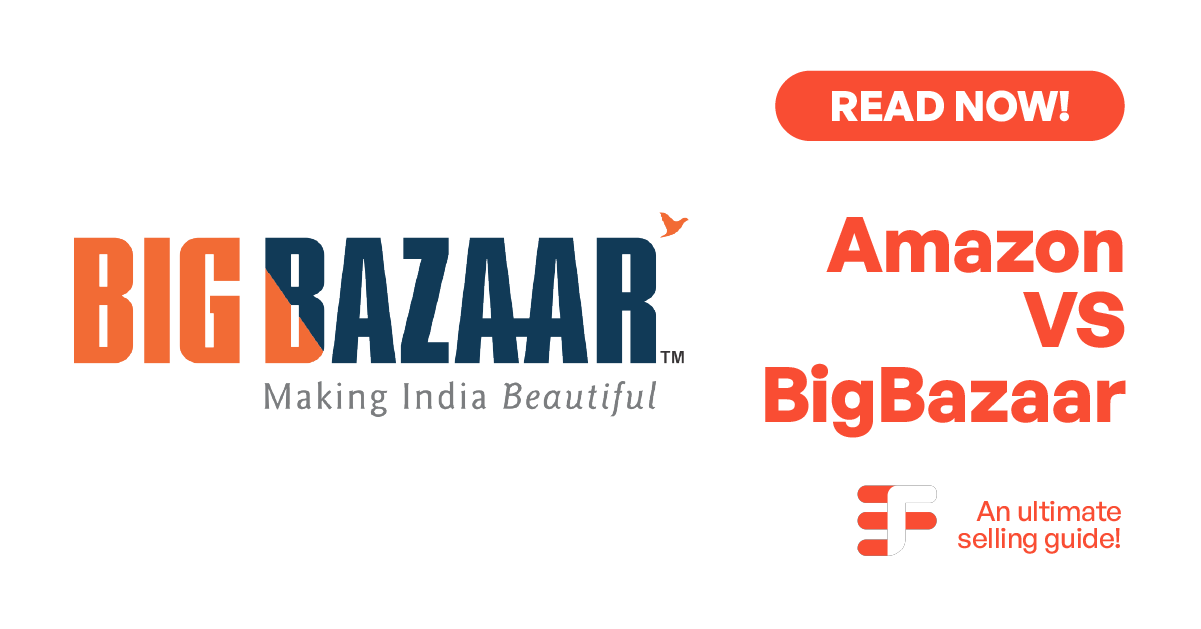Amazon offers digital products that let you access content directly on your devices, eliminating the need for physical copies. This includes e-books, music, movies, apps, and cloud storage. You can enjoy these services anytime and anywhere, making entertainment and storage easy. Overall, it provides a convenient way to access what you love.
- E-books: Amazon offers millions of e-books through its Kindle store. You can read these books on a Kindle device or the Kindle app on your phone or tablet. This makes reading easy and portable.
- Music: With Amazon Music, you can stream millions of songs. There are two main options: Amazon Music Unlimited, which lets you listen to any song, and Amazon Prime Music, which offers a smaller selection for Prime members.
- Movies and TV Shows: Amazon Prime Video allows you to watch a wide range of movies and TV shows. You can stream them directly on your device. You can also rent or buy new releases that are not included in the Prime subscription.
- Apps and Games: The Amazon Appstore provides apps and games for Android devices. You can download these directly to your device, making it easy to find new entertainment.
- Cloud Storage: Amazon Drive gives you space to store photos, videos, and files online. This means you can access your files from anywhere and share them easily.
Table of Contents
ToggleTypes Of Digital Art That People Selling on Amazon
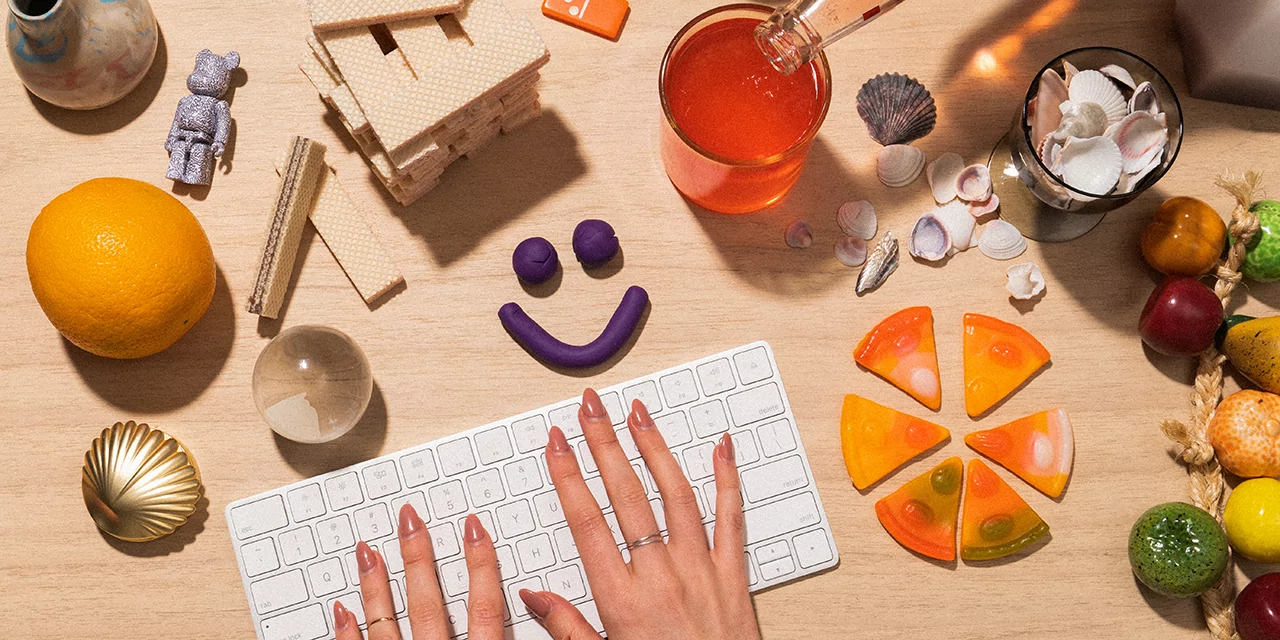
Amazon has become a popular platform for selling various types of digital art, attracting a wide audience of both creators and buyers. Here are some of the most popular types of digital art that people are selling:
Printable Art
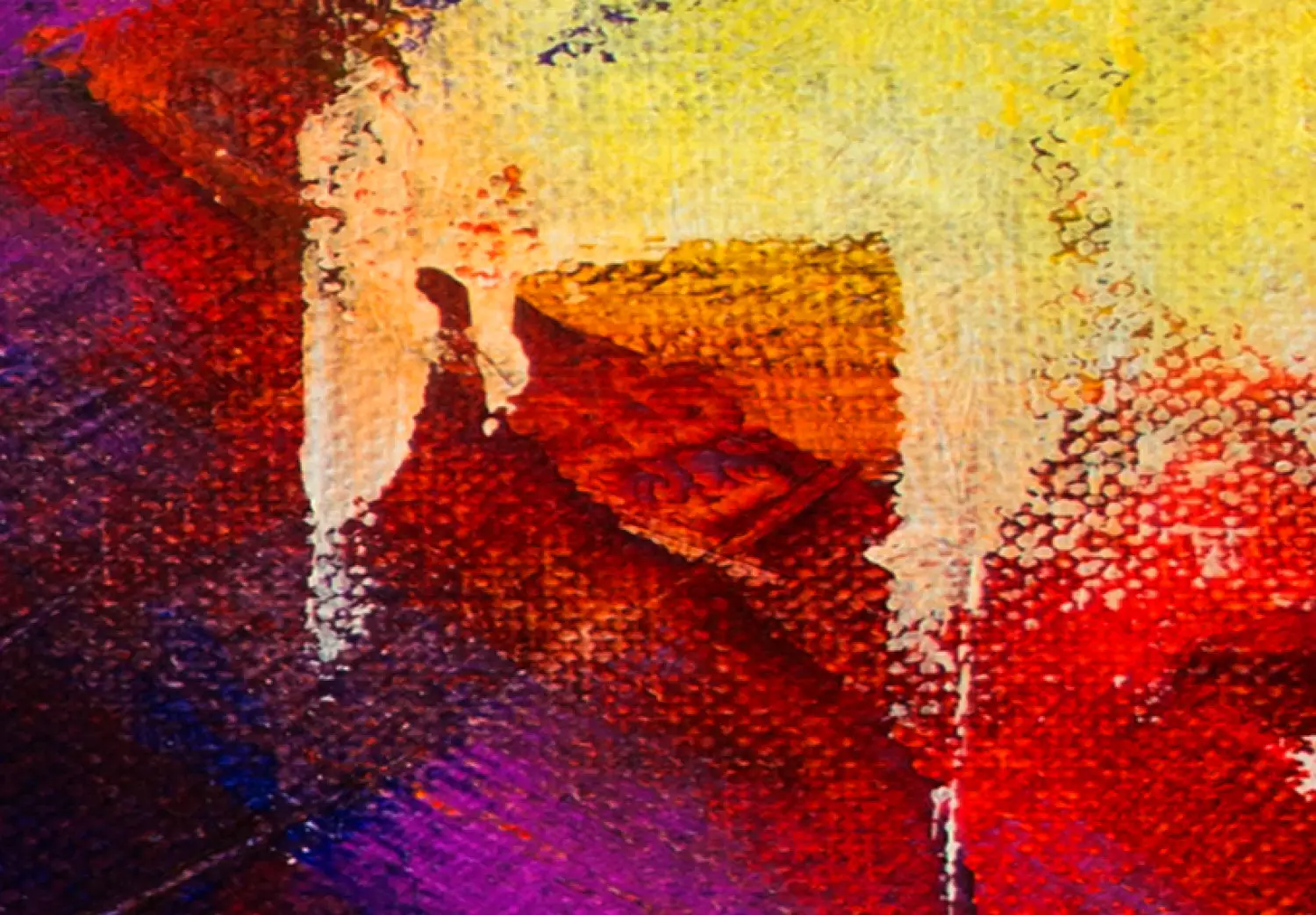
One of the most popular categories is printable art. Artists create high-resolution images that customers can download and print at home or at a local print shop. This type of art is versatile and often features designs such as quotes, landscapes, or abstract pieces, making it easy for buyers to personalize their spaces.
Cost: $5 to $43. (Depends on size)
Profit: $3 to $25 per sale.
Example: A motivational quote print designed for home decor.
Digital Illustrations

Many artists sell unique digital illustrations that can be used for various purposes, including designs for greeting cards, invitations, or even merchandise like t-shirts and mugs. Digital illustrations allow for creativity and customization, giving buyers the chance to add a personal touch to their items.
Cost: $10 and $50. (Depends on type like sketchy, Anime & manga, Realistic etc)
Profit: $5 to $40 per sale.
Example: A whimsical illustration for a birthday invitation.
Digital Planners and Templates
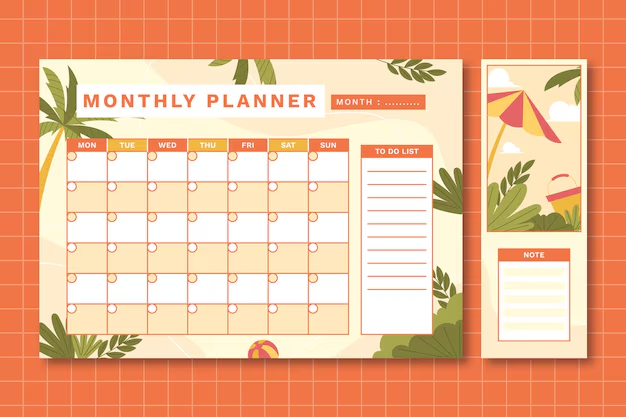
Digital planners have gained popularity as more people look for ways to stay organized. Artists and designers create aesthetically pleasing planners and templates that can be used on tablets or computers. These digital tools help users manage their time, set goals, and plan events effectively.
Cost: $6 to $260.
Profit: $10 to $50 per sale.
Example: An interactive digital planner designed for productivity.
Stock Graphics
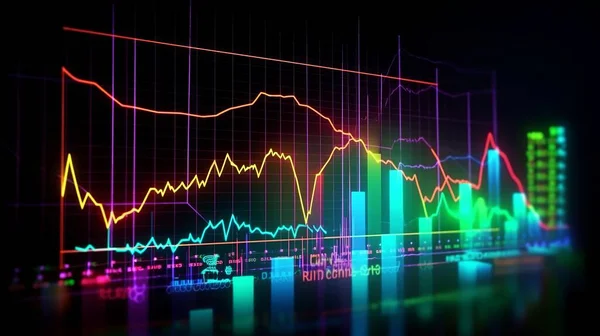
Some artists create stock graphics, including icons, backgrounds, and patterns that other creators can use in their projects. These are especially popular among businesses and content creators looking to enhance their branding and marketing materials.
Cost: $5 to $100,
Profit: $2 to $80 per sale.
Example: A set of customizable icons for social media marketing.
3D Art and Designs

With advancements in technology, some artists are also selling 3D models and designs for use in video games, animations, or virtual reality experiences. This adds a dynamic element to the digital art market.
Cost: $20 to $200
Profit: $15 to $150 per sale.
Margin: This results in a profit margin of 50-75%.
Example: A detailed 3D model of a fantasy character for game developers.
Potential Of Selling Digital Art on Amazon
The global digital art market is estimated to reach $8.5 billion by 2023. North America, particularly the U.S., held the largest share of the digital art market in 2022. This growth can be attributed to several factors, including the increasing popularity of online platforms for art sales and the rising number of artists embracing digital mediums.
Digital art can be downloaded immediately, satisfying customers who prefer quick access to their purchases. Artists do not need to manage physical stock, eliminating production and shipping costs, which simplifies the selling process.
The demand for digital art continues to rise as more consumers seek unique and personalized items. Products like printable art, digital planners, and custom illustrations are especially popular. Buyers enjoy the convenience of downloading and printing their chosen art at home, allowing them to personalize their space easily.
Cost and Profit Potential
Creating digital art typically involves low upfront costs. Artists need only basically tools, such as a computer, graphic design software (like Adobe Illustrator or free alternatives like GIMP), and possibly a drawing tablet. With these tools, artists can produce numerous pieces at minimal expense, enhancing their profit potential.
When selling on Amazon, artists should be aware of several fees:
- Selling Plan Fee: Amazon offers two options: the Individual plan (no monthly fee, but $0.99 per sale) and the Professional plan ($39.99 per month, with no per-sale fee).
- Referral Fees: Amazon charges a percentage (usually 15% to 20%) of each sale based on the product category.
Creating and Preparing Your Digital Art for Sale
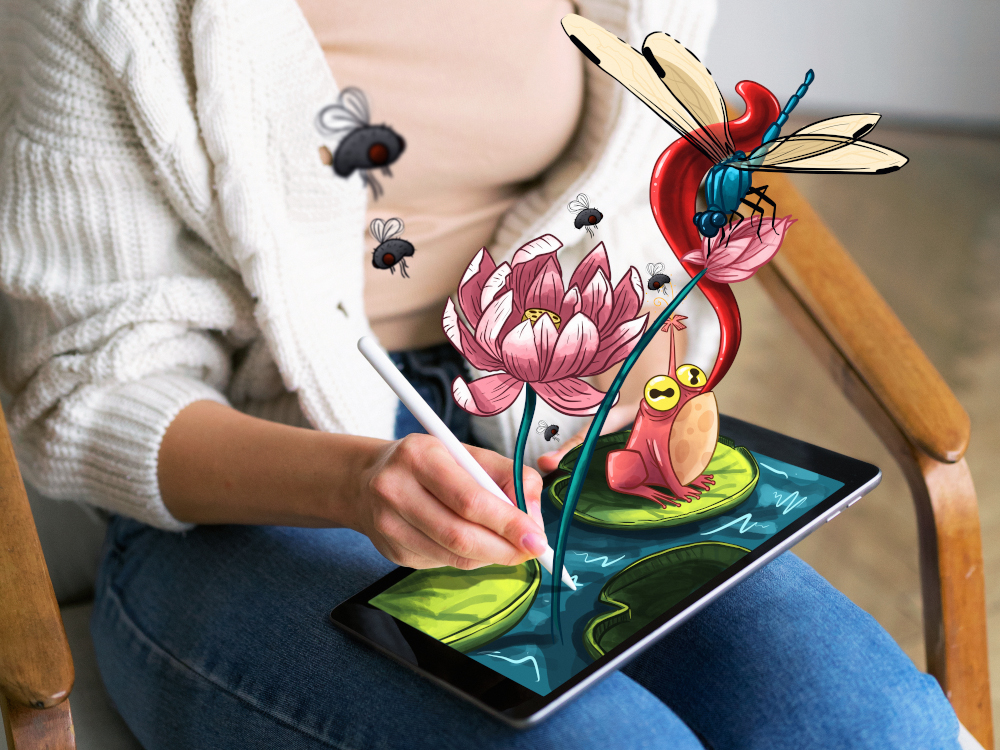
Creating and preparing your digital art for sale involves a few simple steps. First, choose your art style. This could be illustrations, printable quotes, or unique designs. Use graphic design software like Adobe Illustrator or free options like Canva or GIMP to create your art. Make sure your images are high quality, with clear details and vibrant colors.
Next, save your artwork in the right format. Common formats for digital art include JPEG and PNG, as they are widely used and easy to download. Consider making multiple sizes so buyers can choose what fits their needs.
After that, create an appealing listing on Amazon. Write a clear title and description that explains what your art is about. Use keywords to help customers find your art more easily. Include good images of your artwork, showing it in a setting (like a framed print on a wall) to help buyers visualize how it would look.
Finally, set a reasonable price. Research similar products to see what others charge. Once everything is ready, upload your art to Amazon and start promoting it to attract customers.
Setting Up an Amazon Seller Account for Digital Art
Gated Category: Digital art is categorized under specific sections on Amazon, some of which may require special approval. Before you can start selling, it’s essential to obtain this approval from Amazon.
Consumer Safety: Ensure that your digital art products comply with Amazon’s safety and quality standards. This includes appropriate packaging, clear labeling, and adherence to any relevant regulations concerning digital content.
- Choose Your Selling Plan: Decide between the Individual plan, which costs $0.99 per sale, or the Professional plan, which has a monthly fee of $39.99 but no per-sale fee. The Professional plan is better if you plan to sell many items.
- Create Your Account: Go to the Amazon Seller Central website. Click on “Register now” and follow the prompts to create your account. You’ll need to provide details like your name, email, and password.
- Provide Business Information: Fill in your business details. This includes your address and tax information. If you’re selling as an individual, you can use your personal information.
- Add Payment Information: Enter your bank account details so you can receive payments from Amazon. They will transfer your earnings directly to your bank account.
- List Your Digital Art: Once your account is set up, you can start adding your digital art. Include titles, descriptions, and images to attract buyers.
- Review and Launch: Double-check everything to make sure it looks good, then publish your listings. Your art will be available for customers to buy.
Branding Of Your Digital Art Product
Mission and Values: Clearly define what your brand represents. What values do you emphasize? Is it quality, sustainability, community, or something else? Articulating this helps forge a deeper emotional bond with your audience.
Target Audience: Determine who your ideal customers are. Understand their preferences, interests, and challenges to inform your branding strategy effectively.
Unique Selling Proposition (USP): Identify what sets your art apart. This could relate to your creative process, the themes you explore, or distinctive styles. Ensure this uniqueness is communicated effectively to your audience.
- Logo: Create a simple and memorable logo that represents your style. Your logo will help people recognize your brand and make it look professional.
- Pricing: Set prices that reflect the quality of your art while being competitive. Research what similar products cost and find a balance that makes sense for your audience. You can also offer discounts for multiple purchases.
- Aesthetics: Choose a consistent style for your art and your product listings. Use similar colors, fonts, and themes to create a cohesive look. This helps establish your brand identity and makes your listings visually appealing.
- Product Descriptions: Write clear and engaging descriptions for each piece of art. Explain what inspired you and how buyers can use your art. This adds a personal touch and connects with potential customers.
- Social Media Presence: Consider promoting your art on social media platforms like Instagram or Pinterest. Share behind-the-scenes content, new designs, and customer reviews to build a community around your brand.
Do Amazon Marketing or Hire an Amazon Consultant

When selling digital art on Amazon, effective marketing is essential for success. You can either handle the marketing yourself or hire an Amazon consultant for professional help.
A well-designed storefront is key to attracting customers. It should reflect your brand and showcase your art in an appealing way. Use high-quality images and organize your products into categories. A professional consultant can help create a visually pleasing and easy-to-navigate storefront that highlights your unique style.
Running PPC ads is another effective way to promote your digital art. These ads appear in search results and can increase visibility. You pay only when someone clicks on your ad, which can lead to more sales. A consultant can help set up and manage these campaigns, ensuring you get the best return on your investment.
Hire Ecomfleet to Skyrocket your Amazon sales
If you are unsure where to start or need expert help, consider reaching out to Ecomfleet. Our experienced consultants can help your coffee brand thrive in a competitive market. Let us handle the details so you can enjoy the rewards of your hard work.
Tracking Sales and Analyzing Performance
Tracking sales and analyzing performance is important for growing your digital art business on Amazon. Start by using Amazon’s built-in tools, like Seller Central, to monitor your sales data. This will show you how many pieces of art you’ve sold, your total revenue, and trends over time.
Look at which products sell best, and which don’t. This information can help you understand what customers like and guide your future creations. You can also check customer reviews and feedback to see what buyers appreciate or what they wish for.
Using this data, you can adjust your marketing strategies and pricing. For example, if a certain style of art is popular, you might create more similar pieces. Regularly analyzing your performance will help you make informed decisions, leading to better sales and growth for your digital art business.
Managing Copyright and Licensing for Digital Art
Managing copyright and licensing for your digital art is essential to protect your creations and ensure you receive fair compensation. When you create digital art, you automatically own the copyright, giving you exclusive rights to use, sell, and distribute your work. To prevent unauthorized use, consider adding a subtle watermark to your online images. This way, you can showcase your art while still safeguarding it from potential misuse.
It’s also important to define your licensing options clearly. Decide whether you want to offer licenses for personal use (for individual buyers) or commercial use (for businesses), and specify what each license allows. By doing this, you provide clarity to your customers and help prevent misunderstandings regarding how they can use your art.
Creating a licensing agreement that outlines how buyers can use your work is essential to prevent misunderstandings and protect your rights. Additionally, monitor the usage of your art online; tools like Google Reverse Image Search can help you find unauthorized uses.
If you discover someone using your art without permission, reach out to them to resolve the issue or consider legal action if necessary. By effectively managing copyright and licensing, you can protect your digital art and ensure that you receive the credit and payment you deserve.
Some Top digital art Or Benchmark Sellers on Amazon
Several top digital art sellers on Amazon have found success by offering unique and appealing products. Here are a few examples:
- Printable Art: Sellers like “ArtbySara” offer beautiful printable art that customers can easily download and print at home. This includes quotes, abstract designs, and nature prints, which are very popular for home decor.
Price: $10-$25
- Digital Planners: “DigitalPlanCo” specializes in digital planners that help people organize their lives. These planners are designed for use on tablets and are attractive and functional, making them a hit among buyers looking for ways to stay organized.
Price: $15-$30
- Illustrations and Designs: “ElysiumArt” creates stunning illustrations and clipart that other creators can use in their projects. Their designs are perfect for invitations, cards, and social media graphics, appealing to both personal and business customers.
Price: $5-$20
- Educational Resources: Sellers like “TeachMyArt” focus on digital art resources for teachers and students, providing lesson plans and art activities that are both fun and educational.
Price: $10-$50
Conclusion
Selling digital art on Amazon presents a fantastic opportunity for artists to reach a broad audience while enjoying the benefits of low overhead costs. By understanding the importance of branding, managing copyright, and utilizing effective marketing strategies, artists can build a successful online business.
With tools like Amazon Seller Central and resources from experts, newcomers can navigate the platform confidently. Regularly tracking sales and analyzing performance will help refine strategies and boost sales over time.
Frequently Asked Questions
- What are the best types of digital art to sell on Amazon?
Printable art, digital planners, and unique illustrations tend to be popular choices among buyers.
- How do I price my digital art on Amazon?
Research similar products to find competitive pricing while considering the quality and uniqueness of your work.
- What are the steps to protect my digital art from copyright infringement?
You can protect your art by understanding copyright laws, using watermarks, and creating clear licensing agreements for buyers.
- Should I use Amazon PPC to promote my digital art?
Yes, using Amazon PPC can increase visibility and sales. It helps your products appear in search results, driving more traffic to your listings.

